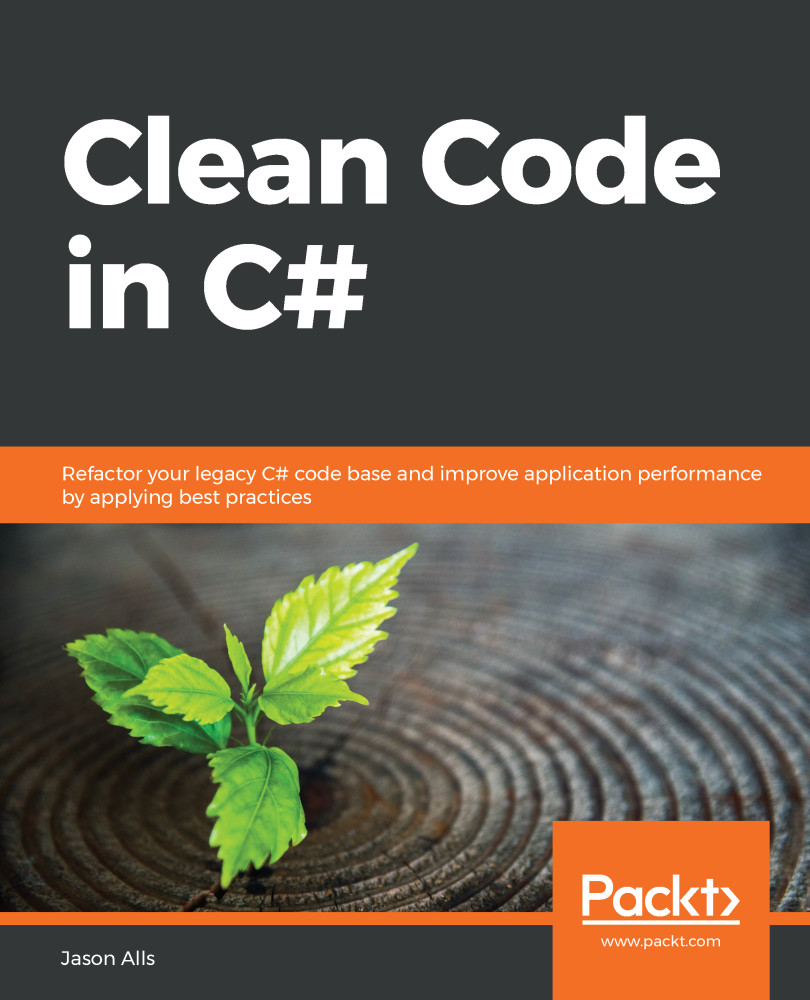Previously, we looked at exception handling, how to implement it properly, and how this can be useful to the customer and the programmer when issues occur. In this chapter, we will look at how programmers can implement their own quality assurance (QA) to provide quality code that is robust and less likely to generate exceptions in production.
We start by looking at why we should test our own code, and what makes a good test. We then look at several testing tools that are available to C# programmers. Then, we move on to the three pillars of unit testing that are Fail, Pass, and Refactor. Finally, we look at redundant unit tests and why they should be removed.
In this chapter, we will cover the following topics:
- Understanding the reasons for a good test
- Understanding the testing tools
- TDD methodology practice – fail, pass, and refactor
- Removing...



